
Laminectomy
Laminectomy is performed for the condition known as lumbar canal stenosis when the spine is too narrow for the nerves contained within. Patients typically complain of impaired walking distance and leg pain on exertion. The spinal narrowing is caused by arthritic changes in the joints in the spine which then enlarge. This encroaches on the space available for the nerve roots and leads to the symptoms.
Causes
Symptoms
Treatment
Causes
Laminectomy is typically recommended for patients with spinal stenosis, which is a narrowing of the spinal canal that can put pressure on the spinal cord and nerves. Other conditions that may require a laminectomy include herniated discs, tumors, and injuries to the spine.
Symptoms
The symptoms of spinal stenosis can vary depending on the individual, but may include back pain, leg pain, numbness or tingling in the legs, weakness in the legs, and difficulty standing or walking.
Treatment
Non-surgical treatments such as physical therapy, medication, and injections are usually the first line of treatment for spinal stenosis. However, if these treatments do not provide relief, laminectomy may be recommended. During the procedure, a surgeon will remove the lamina to relieve pressure on the spinal cord and nerves.
Who Needs It?
Laminectomy is performed for the condition known as lumbar canal stenosis when the spine is too narrow for the nerves contained within. Patients typically complain of impaired walking distance and leg pain on exertion. The spinal narrowing is caused by arthritic changes in the joints in the spine which then enlarge. This encroaches on the space available for the nerve roots and leads to the symptoms.
The Operation
This can be performed under general or epidural anesthetic. The bone at the back of the spine is removed to enlarge the space available for the nerves. At the same time, if necessary, the foramina, the holes through which the nerves leave the spine, can be enlarged.
Recovery
This is typically uneventful, with most patients leaving the hospital within a few days. There are no specific restrictions after surgery, but lifting and bending should be avoided for the first few weeks.
More Spinal Conditions

Spine Tumor Surgery in Karachi: Leading the Way with Prof. Dr. Akbar Ali Khan, Best Neurosurgeon in Pakistan

Advancing Spinal Health: Understanding Vertebrectomy with Prof. Dr. Akbar Ali Khan
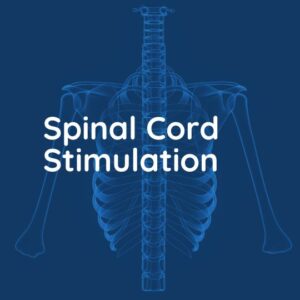
Spinal Cord Stimulation

Kyphoplasty and Vertebroplasty
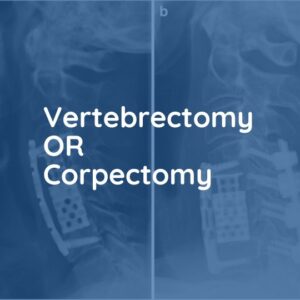
Vertebrectomy/Corpectomy

Foraminotomy
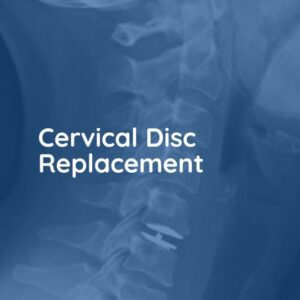
Cervical Disc Replacement

Anterior Cervical Discectomy and Fusion

Correction of Scoliosis

Thoracic Discectomy
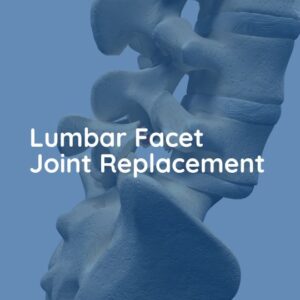
Lumbar Facet Joint Replacement
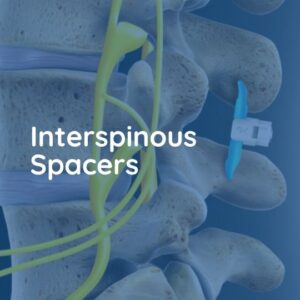
Interspinous Spacers

Endoscopic Lumbar Discectomy

Laminectomy
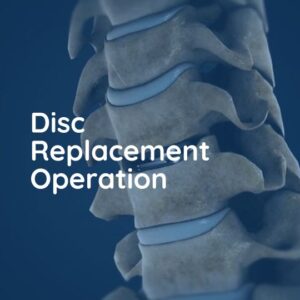
Disc Replacement Operation

Posterior Lumbar Fusion


